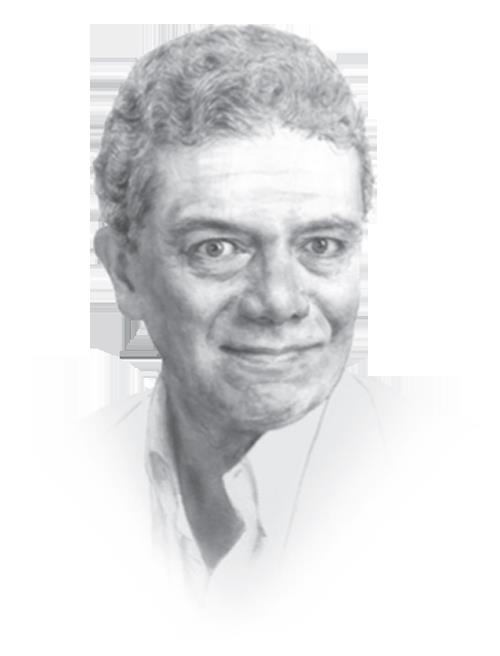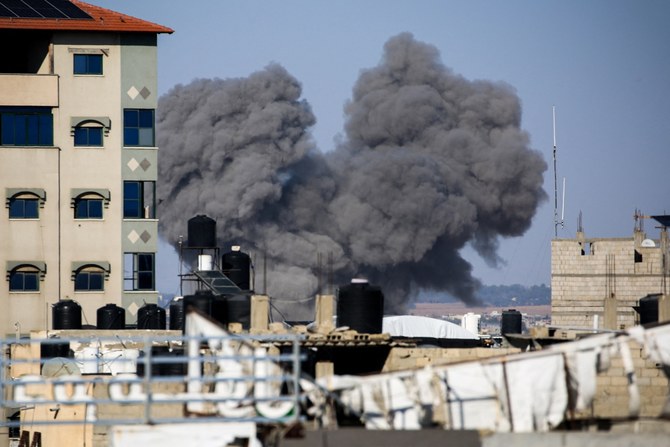
still wake up and think about my day ahead at the Middlesbrough Institute of Modern Art (MIMA); the journey in through the incredible landscape of the Tees Valley, colossal industrial structures abutting wild wetlands and green spaces. The feeling of light as you enter MIMA’s glass atrium, the galleries with artist Otobong Nkanga’s searingly beautiful tapestries and paintings, and the hubbub of conversation. And then I realise I am not going anywhere. I’ll be at home, looking at my computer all day.
Like others, my colleagues and I have been watching developments around the easing of lockdown carefully. Reopening is a complex process, and we will reopen only when we are confident we can operate in a safe environment: but it will inevitably be different from before.
Some of us miss the smell of MIMA, with its layers of perfume: cooking smells from the MIMA kitchen, cleaning products, art materials for our workshops. Some miss the collection, being up close to any of the 2,250 works of art from the past 150 years that tell so many stories. I miss the people. The chance encounters in the public square and the conversations in the garden or galleries where a visitor shows you something new in a space you thought you knew so well.
MIMA is a gallery and museum in the centre of Middlesbrough with a collection of modern and contemporary art, exhibitions and a range of events. Our programmes have deep roots in the area and we’re a big part of people’s lives: we stop in the street for a chat, celebrate the successes of artists in the area, and we’re even invited to funerals. As part of Teesside University, we run the MIMA School of Art & Design, and some of the young people who are now students remember their first encounters with art at MIMA. Our building has been closed since mid-March and our work in community hubs, schools, supported-living schemes and job centres has had to pause.
When planning for lockdown, we asked ourselves the simple questions: what have we got in our toolkit and who are our core communities? We needed to work with what we had to hand, and focus on our responsibilities. Rather than imagining a faceless mass online, we wanted to be specific and careful in continuing commitments we had with regular groups. The museums guru Nina Simon reminds us that we cannot be all things to all people and that we are more effective when we’re specific. We decided to focus on artists, community conversations, collection research, and tools for children and families.
We committed to paying the artists who would have been developing work with us across all of our programmes; we have offered our time through online visits to studios and meetings for any artist who feels they need some input or advice, or just a fresh pair of eyes; and we have developed a new series of weekly interviews with artists. So far, 13 practitioners have appeared on Hearing from Artists, which is building an archive of how artists are adapting in this uncertain time.
MIMA is known for its deep, sustained community engagement. This is the hardest work to continue in lockdown. So, to create a community noticeboard and spark conversations and activity, we developed a new digital community magazine with the artist group Foundation Press. Published weekly, it combines contributions from artists, local historians, children and members of the MIMA team. Some contributions are developed through phone calls or distanced visits with local residents, others are submitted from people we’ve never met before. Entries include local myths, artworks, recipes, gardening tips, box-set recommendations and feedback on what people have been making and doing. One reader says it clears their head each week, giving them energy to keep going.
We can’t wait to get back into MIMA but reopening won’t be simple. We need to be sure that team members and visitors will be safe and we have to consider what going to a gallery looks like in a world of PPE and one-way systems. There will be many who are not able to reemerge as lockdown continues to ease, or who feel excluded anew from public spaces. We have a responsibility to these people; they should not become invisible.
As a sector we need think hard about what it is we value and why. We clearly have to be more attuned to the world; we need to be more diverse, to develop new ways of working and new ways for people from different backgrounds to access the arts. We must see this moment as an opportunity for positive change by listening carefully to new voices who might not usually be part of the art-world discussion. At MIMA we are imagining new routes to creative lives and careers. We’re wondering how a gallery or art institute could function not as a simple building but as a network of spaces that is embedded in people’s lives; a more grassroots approach that continues our work in community spaces, that enables us to be in schools if school groups can’t visit just yet. In the post-lockdown world, if people can’t come to us, we’ll go to them with the collection in our rucksack – metaphorically, of course.
• Elinor Morgan is head of programme at the Middlesbrough Institute of Modern Art












